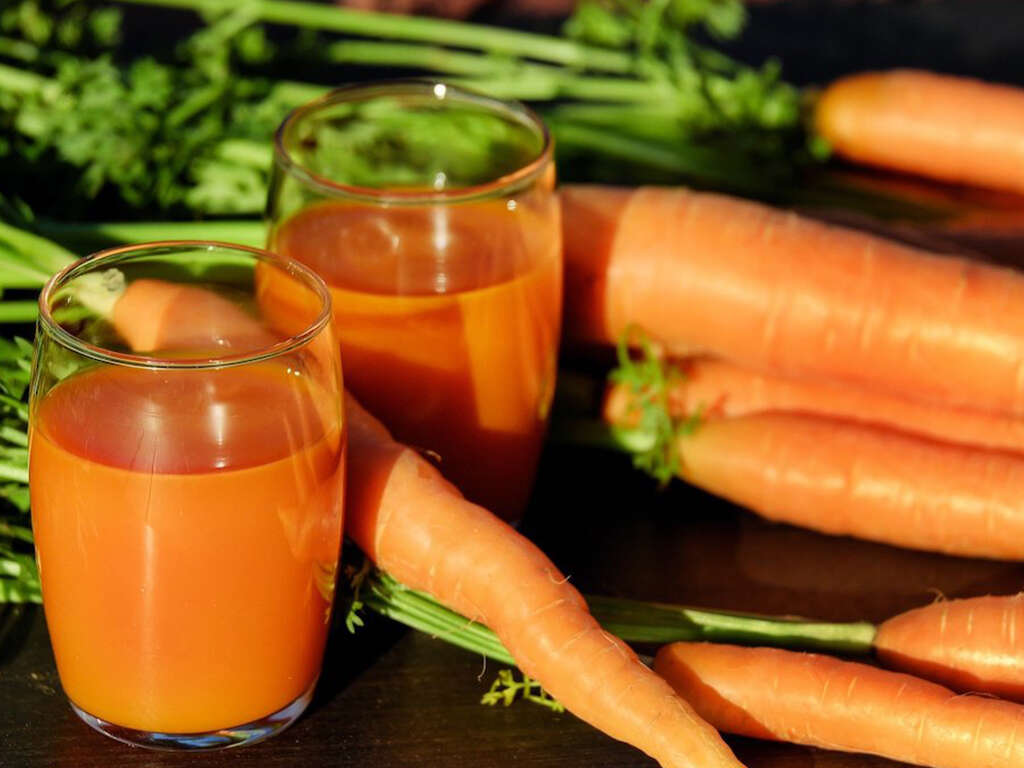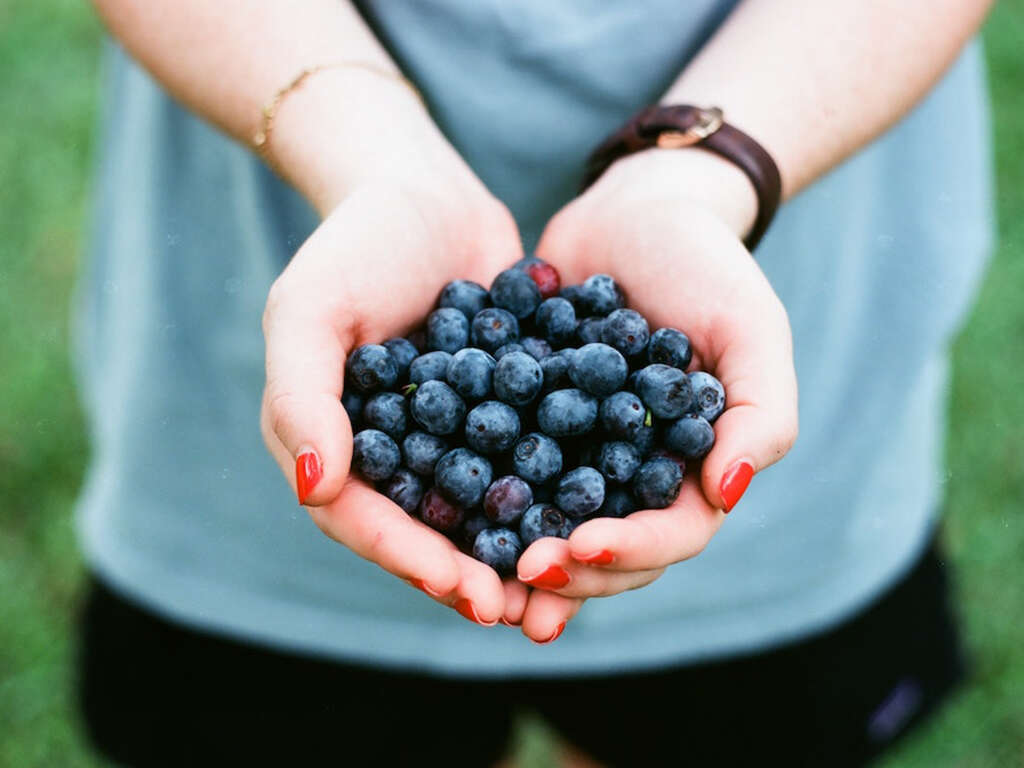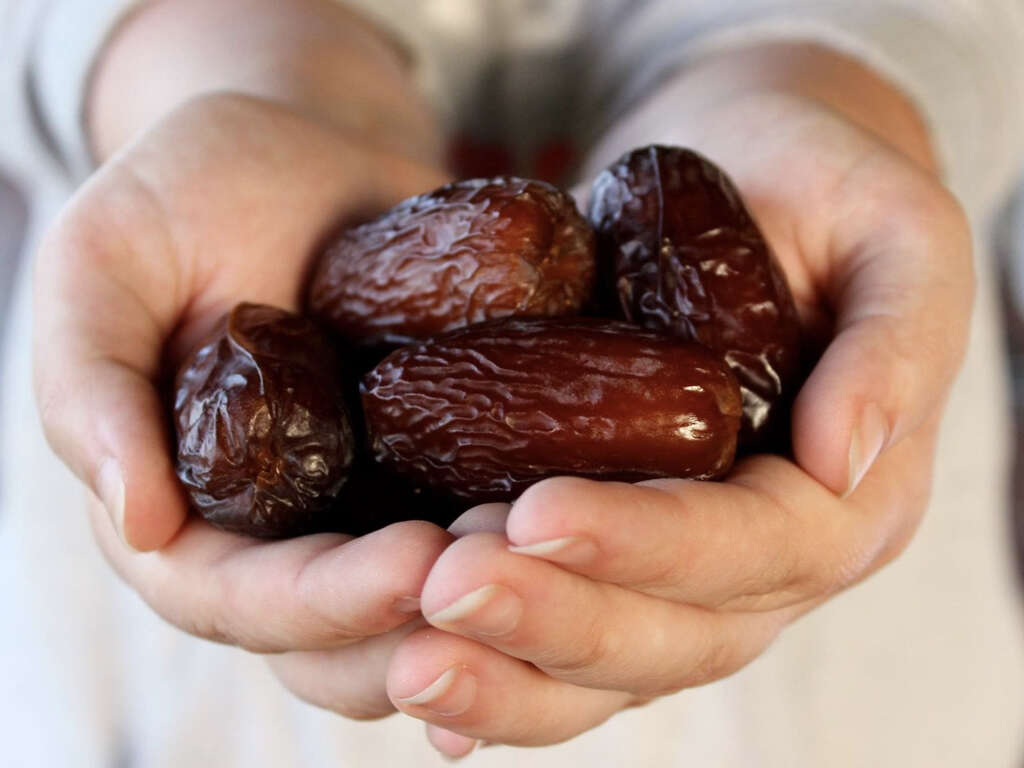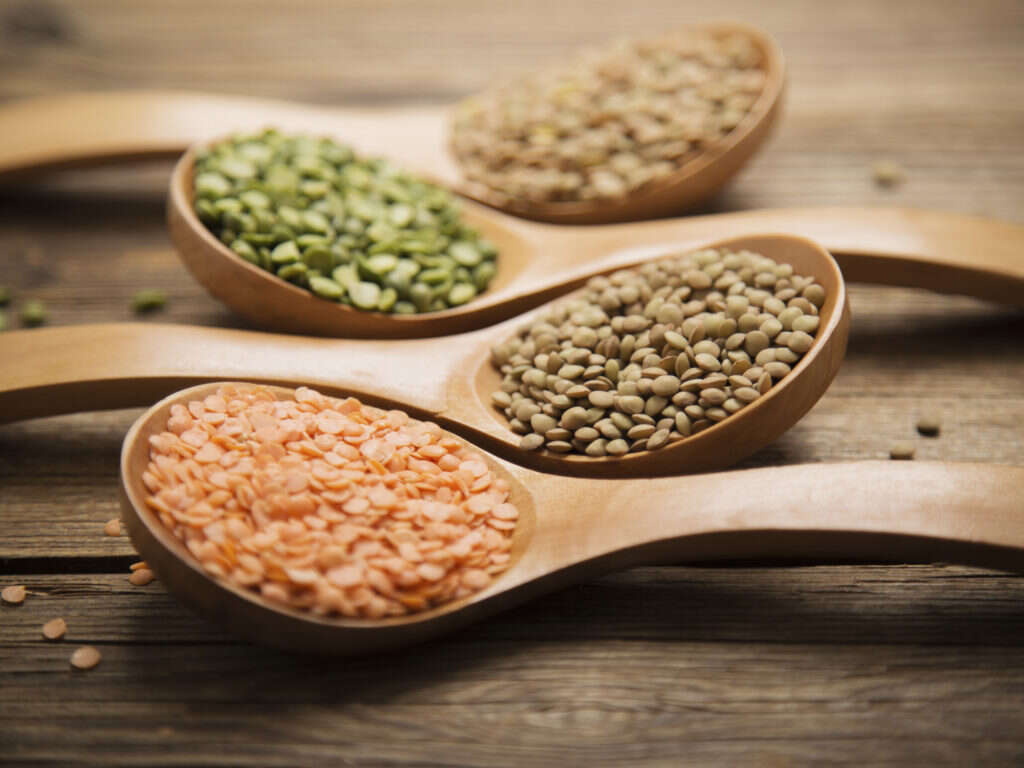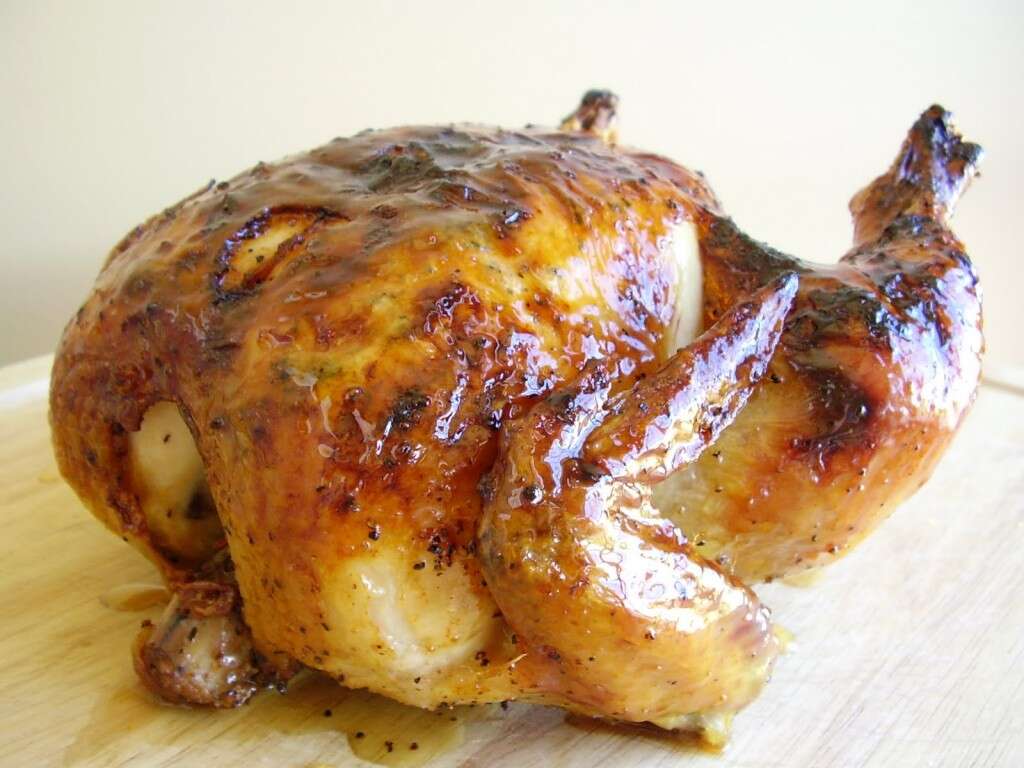10 High-Protein, Low-Fat Foods
 Article Sources
Article Sources
- 1. PD;, Johnston CS;Tjonn SL;Swan. ‘High-Protein, Low-Fat Diets Are Effective for Weight Loss and Favorably Alter Biomarkers in Healthy Adults' The Journal of Nutrition, U.S. National Library of Medicine, pubmed.ncbi.nlm.nih.gov/14988451/.
- 2. Bazzano, L A, et al. ‘Non-Soy Legume Consumption Lowers Cholesterol Levels: a Meta-Analysis of Randomized Controlled Trials.' Nutrition, Metabolism, and Cardiovascular Diseases: NMCD, U.S. National Library of Medicine, Feb. 2011, www.ncbi.nlm.nih.gov/pmc/articles/PMC2888631/.
- 3. MA;, Desai NT;Shepard L;Drake. ‘Sensory Properties and Drivers of Liking for Greek Yogurts.' Journal of Dairy Science, U.S. National Library of Medicine, pubmed.ncbi.nlm.nih.gov/24404579/.
- 4. Ros, Emilio. ‘Health Benefits of Nut Consumption.' Nutrients, MDPI, July 2010, www.ncbi.nlm.nih.gov/pmc/articles/PMC3257681/.
- 5. 'Your Guide to the Leanest Cuts of Beef.' Mayo Clinic, Mayo Foundation for Medical Education and Research, 29 Oct. 2019, www.mayoclinic.org/healthy-lifestyle/nutrition-and-healthy-eating/in-depth/cuts-of-beef/art-20043833.
5. Fat-Free or Low-Fat Cheese
Cheese is full of proteins, vitamins and minerals, all of which are essential nutrients needed throughout the day. People looking for fat-free and low-fat options should take care to read the labels because cheese typically contains high amounts of fats.
Low-fat cheeses can range from 2-11 grams in protein per serving. It's important to take personal tastes in mind when comparing the varieties available at the local supermarket. Low-fat cottage cheese can offer 13 grams of protein and only 1gram of fat.
Advertisement




